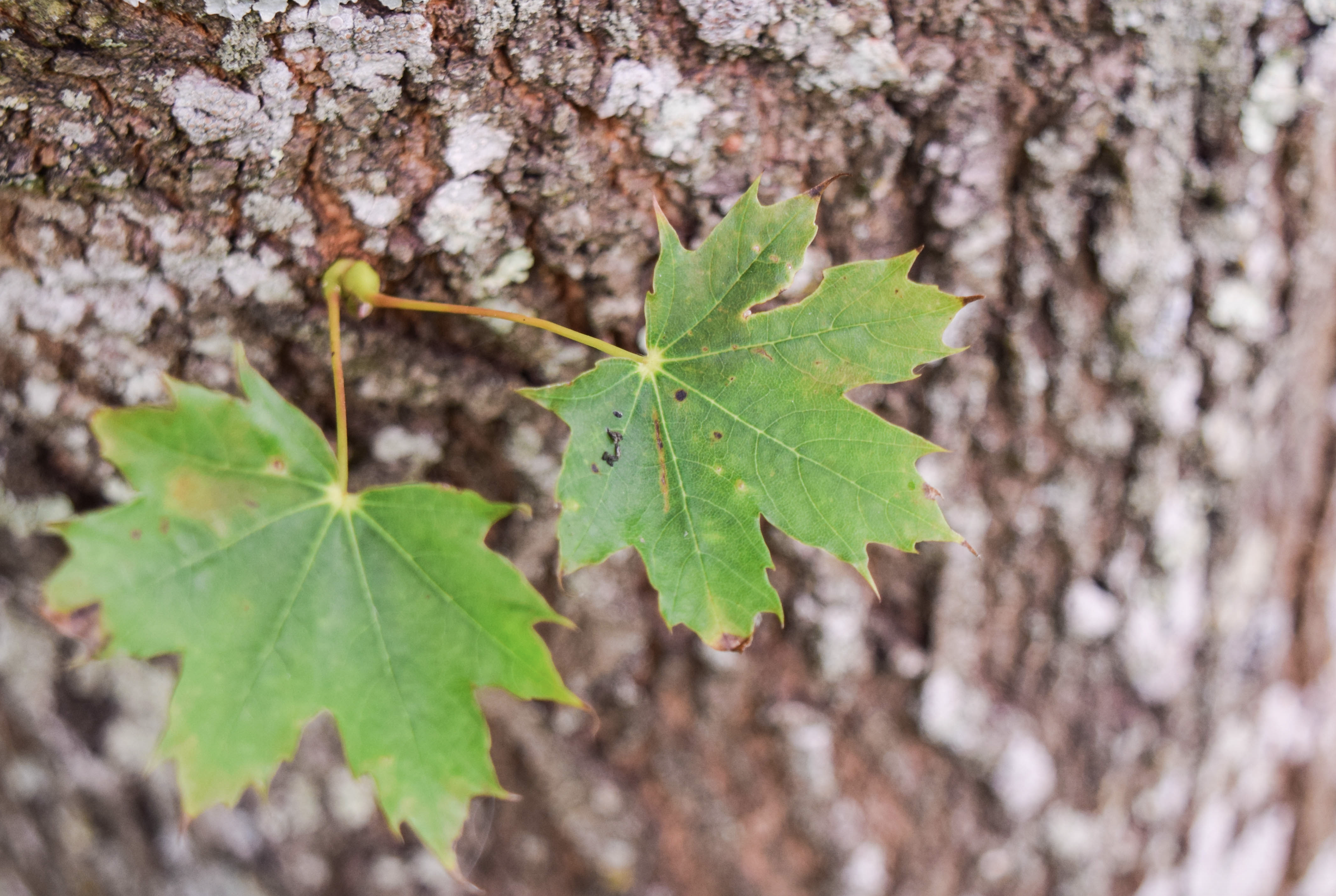Photo by Anna Meassick | The sap of maple trees has a compound that reacts similarly to Botox when applied to the skin.
Navindra Seeram, a pharmacy professor at the University of Rhode Island, has led a team of researchers that have found a way to use components of the maple tree as a replacement for Botox.
URI is one of the leading schools in pharmacognosy, the study of medicinal drugs obtained from plants. The University has a large medicinal garden named after Herber W. Youngken Jr. who was a pioneer of pharmacognosy and a URI college of pharmacy dean.
Seeram has been a professor at URI for just over ten years and has been studying the uses of the maple tree during his time. This research stemmed from his desire to do something new in the research field of medicinal plants.
“Everything grows on the West Coast,” said Seeram. “I thought, ‘what’s new?’”
Maple trees only grow in the Northeast. At the time, no one was exploring the benefits of this type of tree.
“This is a crop that is unique to us in the Northeast,” said Seeram. “We want to have this relationship with it.”
This thought prompted the discovery of multiple benefits in the sap from maple trees, as well as the leaves and bark. It also leads to the discovery of a new compound: quebecol, a compound in maple syrup that was not only discovered but named by Seeram and his research.
The main cosmetic benefit found in the research was the possibility of maple causing the same effects on skin as Botox.
Botox involves chemicals that paralyze nerves, and are injected into someone’s skin. Seeram’s research shows that maple could produce the same youthful look simply by being applied to the surface of someone’s skin.
Soon after this discovery, an independent company, Verdure Sciences, reached out to Seeram about providing a grant. This grant provides the funds needed for the clinical trials that will uncover the true effects of the use of maple in this form.
Members of Seeram’s team include undergraduate, graduate and doctoral students at URI. He stated that he enjoys the students’ help and how that they get experience working in a lab. Over the past 10 years, their research accounts for one-third of the academic papers written about the maple tree and its uses.
“This is a program developed, it’s my baby,” said Seeram. “I’ve seen it grow and I want it to grow.”
This desire for growth applies to various studies of the benefits of maple trees. Seeram says he loves the cosmetics aspect of the uses of maple, however, his favorite part about this research is the chance to make a difference in someone’s life in terms of disease.
“I look at this as beauty from within,” says Seeram. “It’s not just about cosmetics, it’s about medical benefits.”
Native Americans used maple as a medicinal plant and in record books, it was said to be used as a liver tonic. This is only one of the aspects of maple use that Seeram is looking to study further.
“I am very happy where I am,” said Seeram. “If I had just thought ‘this is just a sweetener,’ I could have missed out on the opportunity of a lifetime.”

